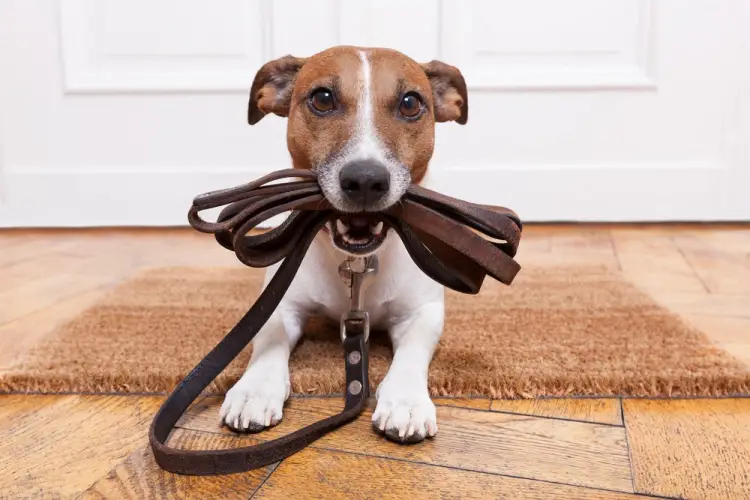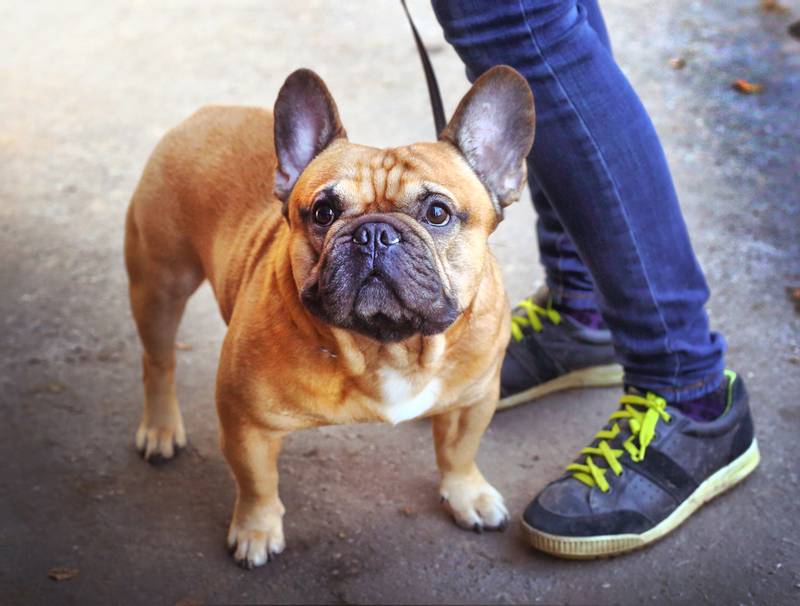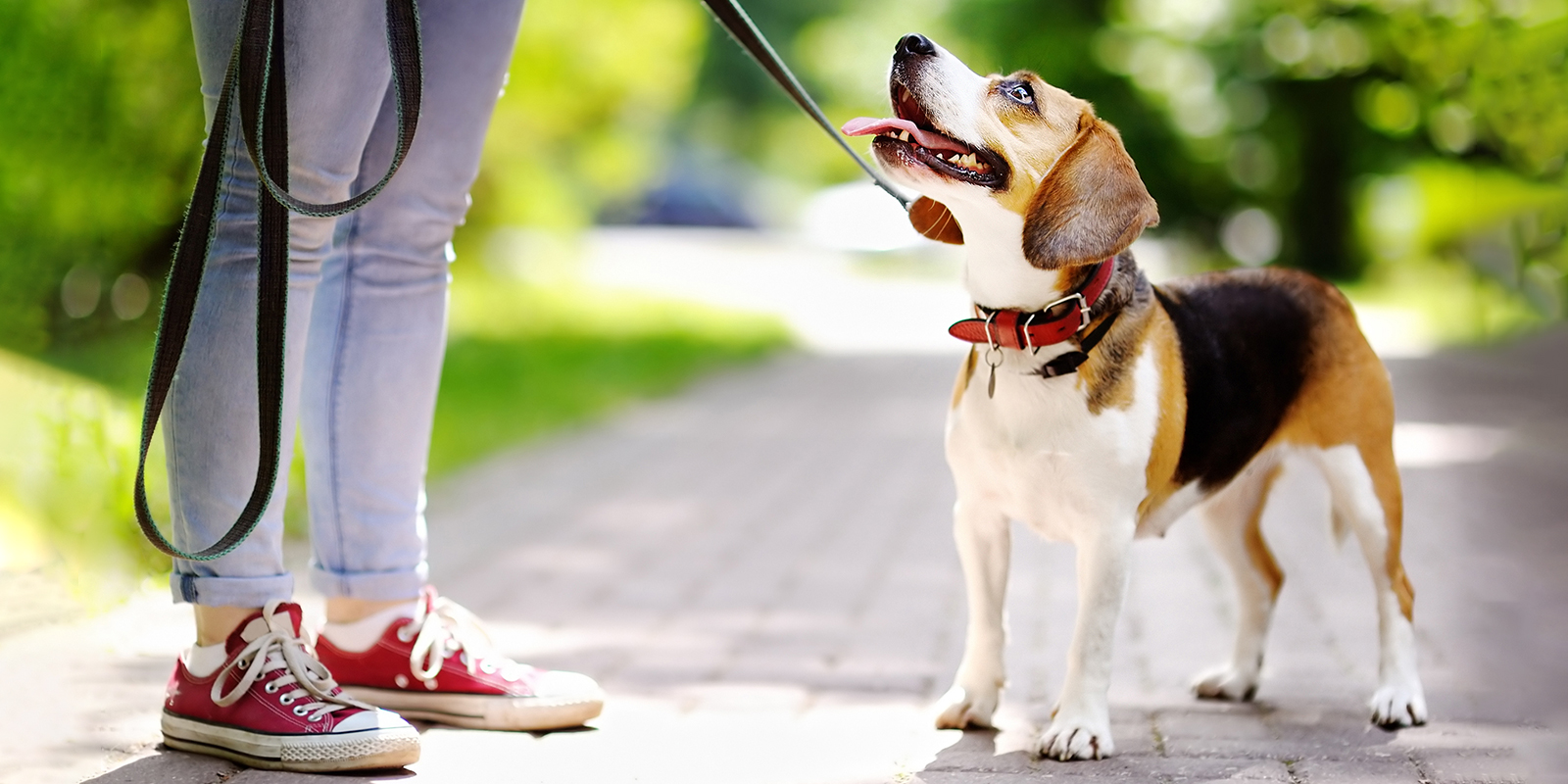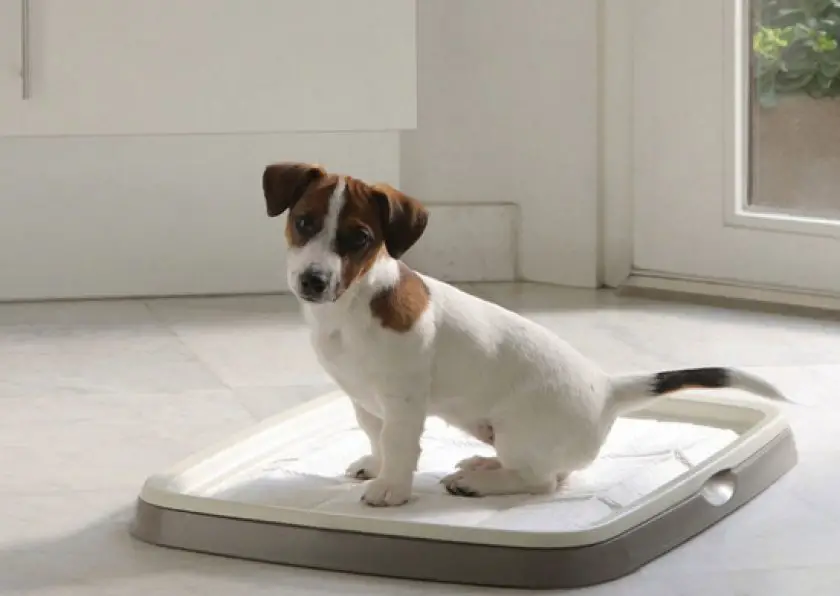How to train a puppy to go to the toilet on the street is one of the most important questions that every owner must decide by having a pet. As with many animals, the main “sanitary” rule of dogs is not to empty where they sleep. Therefore, they do not have a need to go to the toilet on the street, and if the owner wants to instill such behavior in his four-legged friend, it is important to teach him correctly. Both very young and adult dogs have their own training features. Let’s look at both options.
When to Start Teaching Your Puppy to Go to the Bathroom Outside?

You can train a puppy to the toilet outside the house from the time when full-fledged walks are available to him, and his body is sufficiently formed so that he can control himself in matters of the toilet.
As you know, until the pet has been vaccinated for the first time, it is necessary to go out with him on the street, rather, in order to acquaint him with the environment. A four-legged friend must be held in your arms and not allowed to communicate with other animals and people. It is logical that it is impossible to teach a dog to go to the toilet on the street in such conditions.
The vaccination campaign ends with the third vaccination when the dog turns 3 months old. After the 10th quarantine, you can walk – usually, she is about 3.5 months old at this time. In addition, from about 4 months, puppies physiologically develop to such an extent that they endure before leaving the house, and not arrange a toilet at the nearest point. An excellent age for getting used to sanitary walks!
Preparation for Training

First, a few tips for owners:
please be patient. No matter how smart the dog is, it will take time for him to understand what you want from him and to learn to endure until the street. Tune in in advance that the learning process may not be too fast;
make a feeding plan (preferably in conjunction with a veterinarian). Determine the optimal serving size and how many feedings you need per day. Have meals on schedule and don’t let your four-legged friend eat between meals. Puppies have a very fast metabolism, and the more often they eat, the more often you will need to go out;
Prepare an especially tasty treat in advance that you will use to reward your dog for doing things on the street. It should be kept where you can pick it up very quickly when going out with your puppy. Treats should be small (about the size of a nail). For each trip to the toilet – 3-5 pieces;
in some cases, treats alone are not enough to motivate. Think about what would be a good motivation for your pet.
It is best to start training on vacation or at least on the weekend – you should be at home all day and be able to breed the puppy many times. And when you start training, don’t give it up halfway.
How to Teach Your Puppy to Go to the Toilet Outside

So, you have chosen a time when the puppy can go outside, you have the opportunity to devote it all day (and probably even the night). You have set up a feeding schedule and stick to it. You can start learning!
Your main task is to understand when your pet wants to go to the toilet, and when you notice the first signs, quickly take it on a leash and go outside. Dogs usually need this after sleeping, eating, exercising, and playing. The behavior of a four-legged friend will tell you about the impending need – he can spin in place, sniff, crouch. If you spend enough time with your dog, you will learn to see these signs.
When outside, find a quiet and peaceful place where no one will distract your pet – no other animals, no people, no toys. Often the owner himself switches attention: like all children, puppies are easily distracted, so do not pull the leash, call, play or talk to the dog. Just walk back and forth and let her go to the bathroom in peace. Be patient, even if a long time has passed and there is still no result. Noticing that the dog has begun to do its business, quietly praise it, and when it is finished, encourage it with a treat. Now you can play, take a walk, etc.
Such exits need to be arranged every time the pet shows a desire to go to the toilet. Stick to the algorithm for at least a few days so that the puppy clearly understands what is required of him. If you have already started training, do not be lazy and do not let “go home one more time, it’s okay.” Such indulgences will not lead to effective results and will only prolong the overall training time.
As with feeding, it is also worth making a schedule for sanitation trips. Usually, it is 6-12 outputs, depending on the age of the pet, training, breed. Be sure to stick to your chosen schedule! At least a few days until the puppy gets used to it.
How to Stop Going to the Toilet at Home

An important part of training is getting your dog to stop sanitizing your home. The following tips will help:
Keep the puppy in the crate at night and when you are away. As already mentioned, the animal does not go about the business where it sleeps. Accordingly, by locking him in a confined space, in fact, you leave him no choice but to endure. However, the cage should by no means be an alternative to learning! Don’t put your dog in there too often for too long. Your four-legged friend needs you, your care, and your physical activity. If, while in the cage at night, the dog begins to howl, take him outside. Although this behavior may mean that the pet just needed your attention.
Carefully clean areas already “marked” by the puppy using appropriate products from pet stores. Unlike conventional detergents, specialized ones will completely remove the smell. It is common for animals to return to where they have already made a toilet, so do not give your pet unnecessary temptations.
If possible, it is better to remove the carpets for a while, as it is very difficult to remove odors from them.
If you find excrement in the house, do not throw it away right away – take it with you to the sanitary exit, put it in the right place, and take the dog to smell. This will help her go to the bathroom outside.
If you catch a puppy doing things in the house, do not yell at him. Instead, gently interrupt, you can say “No, no!”, Clap your hands. After that, put on a leash and go outside. Do not forget to reward your pet when he finishes what he started there.
The method of “poking” pets with their muzzle in their “mistakes” is widespread among people. This is a completely wrong approach and will not produce the desired results. Also, you cannot punish puppies if they did not endure or made a mistake, for example, during the game. Like children, they still have poor bladder control (dogs begin to do this at 4-6 months). If you punish for “incidents,” the puppy will know that you are unhappy, but he will not be able to change his physiology. Therefore, there is a great chance that he will simply start to be afraid of you and choose more secluded corners for sanitary purposes.
Frequent Problems and Solutions
Puppy continues to pee at home or defecate in a cage
If the training does not bear fruit, most likely you are not training your pet well enough, you have made the wrong schedule, you cannot catch the moment when you need to leave. Adjust basic training aspects and consult your veterinarian if necessary.
If the puppy arranges a toilet in the crate, most likely, it is too large, and the dog has the opportunity to allocate a “bedroom” and “sanitary zone” for himself. The optimal size is such that the animal can lie, stand and sit freely. If the area has nothing to do with it, you should go to an appointment with the veterinarian. The puppy may have been kept in the cage for too long before and had no choice but to use the space provided “for other purposes.” This behavior requires correction, but it can be difficult to do it without a specialist. In addition, the desire to lie in your own excrement and other atypical habits can be associated with certain diseases.
You can’t catch the moment when you have to go outside
Be with your puppy at all times. Temporarily restrict his movement around the apartment so that he is in the same room with you – close the doors, put special gates in the openings.
If you still can’t do it, use the cage. But in moderation!
The puppy doesn’t want to pee in the street; he walks and plays instead of meeting sanitary needs
Some owners note that “they go out and the dog doesn’t defecate.” Wait at least 10 minutes and do not distract the puppy. If nothing happens, go back home and try again after another 10-15 minutes. Sometimes a third try is required.
Check that the leash is 2 m long.
Often the puppy does not go to the toilet, because the owner distracts him – he switches the attention of the animal to himself. In order not to get in the way, just wander back and forth. Don’t talk to the dog, don’t try to play.
Check that the four-legged friend does not have other distractions – toys, other dogs.
How to Train an Adult Dog

To teach an adult dog to go to the toilet outdoors, follow these tips:
If earlier she lived in a house, and not in a booth, her “mistakes” are most likely associated with stress from moving to you, from a new environment, etc. In this case, you can slightly scold the pet for “mistakes”, but do not punish him. In general, your task is to help him adapt. The sooner this happens, the sooner the behavior will return to normal.
If before the dog lived in a booth, she was not used to the fact that you cannot arrange a toilet in any place convenient for her and must be tolerated until the street. In this case, the pet will have to actually be trained from scratch. The technique is generally the same as for puppies, but there are two important differences. On the one hand, adult animals do not need to be taken out so often – usually, 3-4 times are enough for them. On the other hand, it is not as easy to train them as puppies because they already have established habits and behaviors. You may need professional help to change them.
If enough time has passed since the move, and you are unable to train your pet, this is a reason to see the veterinarian. Also, do not ignore the visit if the dog suddenly changes its behavior and, seemingly having learned to walk outside, again began to arrange sanitary stops in the house. And if you have a dog targeting territory, consider neutering.

